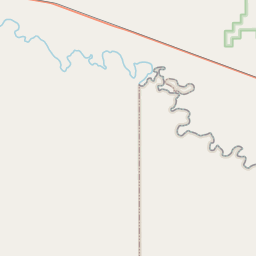Fort Belknap Roll of Honor
Historical marker location:
Fort Belknap Indian Community, Montana
( Memorial is on Main Street South near Assiniboine Avenue.)







© OpenStreetMap contributors
More history nearby
The Lewis and Clark Expedition passed through Montana in 1805-1806, on their journey to explore the western portion of the United States. They traveled up the Missouri River and crossed the Rocky Mountains, encountering many Native American tribes and documenting the flora and fauna of the region.
About Phillips County
Phillips County Timeline
Phillips County, Montana, is located in the northern part of the state and has a rich history that dates back thousands of years. The region was once home to Native American tribes such as the Blackfeet, Assiniboine, and Gros Ventre. These tribes thrived off the land, hunting buffalo and other game, and living in harmony with the environment.
European exploration of the area began in the early 1800s, with fur traders and explorers venturing into the region. The Lewis and Clark Expedition passed through the area in 1805, opening up the area for further exploration and settlement. In the late 1800s, the discovery of gold in nearby areas brought an influx of miners and prospectors to the region, including Phillips County.
Phillips County was officially established on February 5, 1915, and was named after Benjamin D. Phillips, an early pioneer and Montana senator. The county was primarily agricultural, with farming and ranching being the main economic activities. Wheat, barley, and livestock were the primary sources of income for many residents. Small towns and communities began to develop, serving as centers for commerce and socialization.
Over the years, Phillips County has experienced both economic growth and decline. The Great Depression brought hardships to the region, but the development of irrigation projects in the mid-1900s helped to boost the agricultural industry. Today, Phillips County continues to be a rural area with a small population, but it remains an important part of Montana's history and landscape.
European exploration of the area began in the early 1800s, with fur traders and explorers venturing into the region. The Lewis and Clark Expedition passed through the area in 1805, opening up the area for further exploration and settlement. In the late 1800s, the discovery of gold in nearby areas brought an influx of miners and prospectors to the region, including Phillips County.
Phillips County was officially established on February 5, 1915, and was named after Benjamin D. Phillips, an early pioneer and Montana senator. The county was primarily agricultural, with farming and ranching being the main economic activities. Wheat, barley, and livestock were the primary sources of income for many residents. Small towns and communities began to develop, serving as centers for commerce and socialization.
Over the years, Phillips County has experienced both economic growth and decline. The Great Depression brought hardships to the region, but the development of irrigation projects in the mid-1900s helped to boost the agricultural industry. Today, Phillips County continues to be a rural area with a small population, but it remains an important part of Montana's history and landscape.
Phillips County Timeline
This timeline provides a condensed summary of the historical journey of Phillips County, Montana.
- 1871 - Phillips County established as a part of Choteau County.
- 1887 - Phillips County officially organized and named after rancher and politician, Benjamin D. Phillips.
- 1913 - Dodson becomes the county seat of Phillips County.
- 1915 - Land Rush on the Fort Belknap Indian Reservation attracts settlers to the area.
- 1922 - Introduction of the Great Northern Railway opens up transportation opportunities for the county.
- 1924 - Malta becomes the new county seat, replacing Dodson.
- 1929 - Fort Peck Dam construction begins, bringing employment opportunities to the county.
- 1936 - Fort Peck Dam completed, becoming the largest hydraulically filled dam in the world at the time.
- 1943 - Phillips County Museum established in Malta to preserve the county's history.
- 1959 - Phillips County Historical Society founded to further promote and preserve local history.
- 1990 - Malta hosts the first annual "Rocky Boy's Native American Celebration" to celebrate Native American culture.
- 2004 - Phillips County celebrates its centennial anniversary as an organized county.